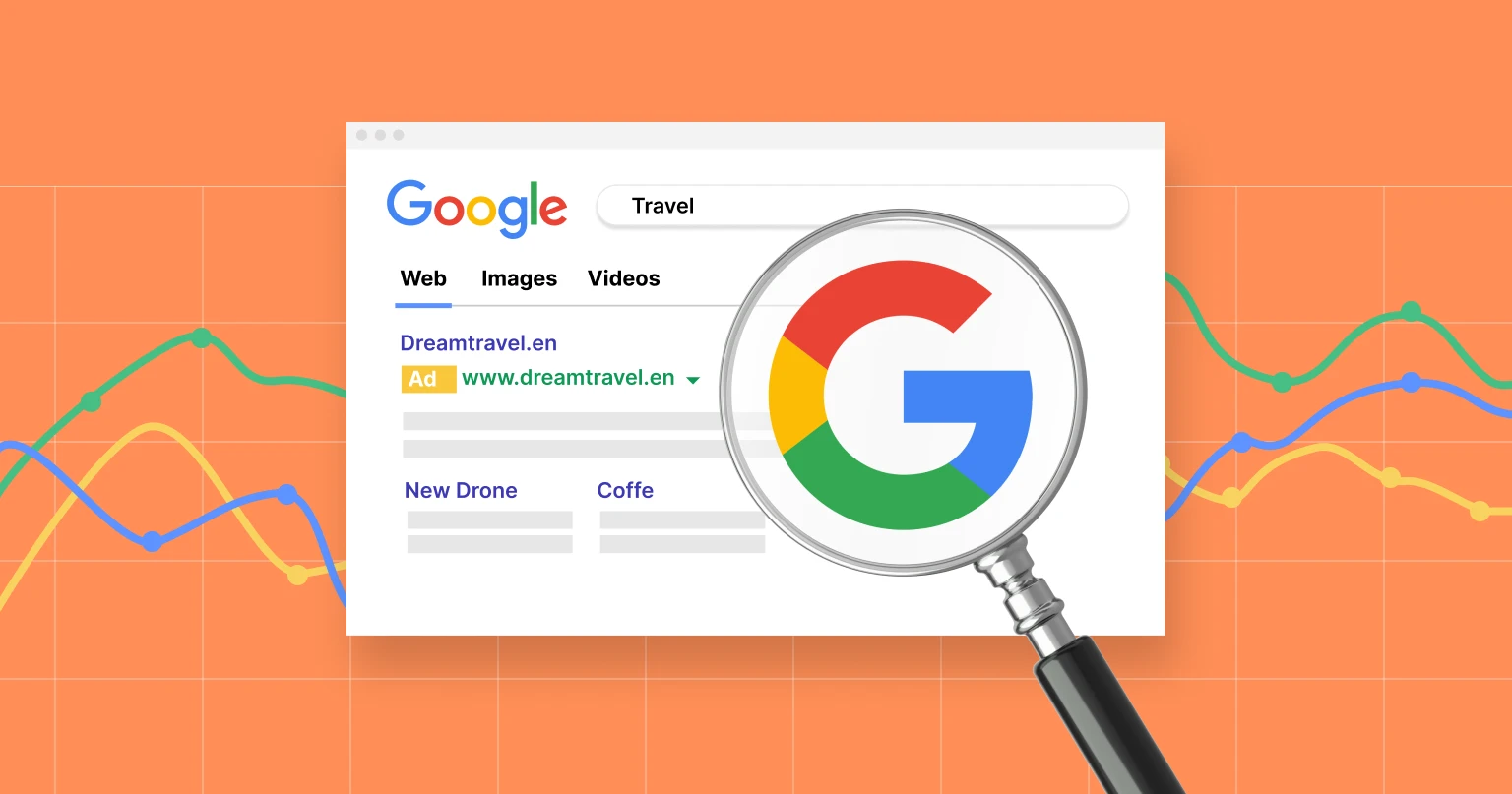The basis of creation of an advertising campaign on the internet, just like in case of other types of media, is planning the objective that we want to achieve with it. Our main aim can be an increase in sale profits, an increase in movement on the page or gaining new contact data. Regardless of what our aim is, it is important to constantly monitor and optimize the campaign. Its effectiveness is determined by a group of rates, which should be followed and analyzed. How to do it in order to ensure that the budget that we’ve assigned to the campaign has been correctly spent? First, we’ll have to learn and decipher a few key acronyms: CPM, CTR, CPC, CR… Let’s go!
Pricing models in digital advertising
[UPDATE 11/2019]
Reach campaign
- CPM (Cost Per Mille) After placing an advert on the internet we would like to know how many people will see it. Therefore, we are interested in the number of views of our ad, and, as a result, how much we will pay for those. The rate allowing for calculation of the cost for 1,000 views is the CPM. It is a model of accounting for an advert, which enables us to estimate how much we have to pay for every 1,000 impressions. Just like in case of all incurred costs, the lower the CPM, the better. Following and analyzing appropriate CPM rates will be most favorable for campaigns aiming at an increase in brand awareness both among its present and potential customers.
- CPV (Cost Per View) This pricing model is used in video advertising. A payment is charged for every video watched. What does it count as the view? When a visitor watches at least 30 seconds of your video ad (or a whole video if it is shorter) or interacts with an ad or banner connected with video. In YouTube platform the fee is charged when your ad is watched. For TrueView video ads you pay for the viewer interactions (e.g clicking CTA button) and a view itself.
Performance campaign
- CPC (Cost Per Click) – when a net surfers see our advert, the next step that they should take is to click on it, so that they will be redirected to the landing page. The CPC rate specifies the price that we will pay for one click, so – similarly to the CPM – our aim is to make the rate as low as possible. This method of accounting for advertisement ensures that you will pay for every action taken, not just for having your ad displayed.
- CPA (Cost Per Action) – you can choose the action performed by the user (e.g. filling out a form) and for which you will pay for. You will be charged when the user performs this specific action.
- CPL (Cost Per Lead) – this is an offshoot of CPA – the cost is calculated when the user, accordingly to the CPA model, performs a specific action, and leaves personal data or fulfills a specific form. This method advised because of paying a charge for valuable customer data. Mostly this model is used by sales departments in an e-commerce business.
- CPS (Cost Per Sale) – model based on specific user activities, very popular in e-commerce. When a user purchases a selected product or service, then an advertiser is charged for this action. When it comes to costs this model is relatively much more expensive compared to previous options.
What measurements should you pay attention to in your campaigns?
Reach campaign
- Viewable impressions – they simply are impressions of your ads. Contrary to clicks, where one click equals one user (more clicks from the same user are not counted), impressions are counted every time users click on it and the ad is displayed.
- Display Impression Share – is calculated as a quotient of the number of impressions given on the Display Network and the total estimated number of impressions you could have received.
- Unique user – this term is used to a person who visits a website at least once within the specified period. The unique user information consists of the IP address at least. It doesn’t matter if you visit a webpage once or ten times – still you will be counted as one visit during this specified period.
Performance campaign
- CTR (click through rate) – another significant rate is the so-called click through rate. Using this one you can specify how often people that see your ad will click on it. The CTR is calculated on the basis of the number of clicks on the ad divided by the total number of impressions multiplied by 100%. For instance, if your advert has 10 clicks and 2,000 impressions, then the CTR will amount to 0.5%. If you manage to achieve a high CTR, it means that your advert is correct and compliant with the users’ expectations. Analysis of the CTR will help with examining accuracy of the key words that you’ve used in the advert, creation of banners or ad texts. You will also be able to test which kind of advert is more effective and attracts more viewers.
- Average CPC (cost per click) – the average amount you pay for each click on your ad. The average CPC is the ratio of the total cost-per-click and the total number of clicks.
- Search absolute top impression rate – the percentage of impressions appearing in the first position of the results divided by the number of your impressions in general. It says how frequent your ad appears in the first results showed just above the organic search results.
- Search top impression rate – the percentage of the impressions from your ads, that are shown at any place above the organic search.
- Impression share data – the definition says it’s the number of impressions your ad has received divided by the estimated number of impressions it could have received. The estimate is based on your ads’ targeting settings and bids. Impression share data is available for campaigns, ad groups, product groups and keywords.
- CR (conversion rate) – calculates the percentage of people that took the desired action after clicking on the advert – bought a product, placed an order, signed up for the newsletter. The CR is a rate that doesn’t relate to the costs we incur. By using it we will know whether viewing our advert goes hand in hand with the aim that we have planned earlier.
- Bounce rate – the BR is the rate of bounces; more precisely, it examines the percentage of people that didn’t take any action after being redirected to the landing page. The option will allow us to precisely target our campaigns and see whether the ad attracts the right people. The lower the BR, the better you’ve selected the target group for your campaign. A high BR can also be a sign that the page isn’t appealing to the viewers: it contains uninteresting or contradictory messages, or the graphics put people off the page.
Financial rates
- ROAS (Return On Ad Spend) – tells us about the effectiveness of your digital campaign. This method is helpful to examine what works well and what could be improved. ROAS is necessary to quantify the effectiveness of advertising campaigns and their impact on the financial result of your online business. All data from ROAS in your campaigns determine future budgets, strategy and the overall direction of marketing. By paying attention to ROAS, e-commerce businesses can make proper decisions about advertisement investments.
- ROI (Return On Investment) – gives us information about gain or loss generated from your investment according to the amount of money you have invested in. ROI is usually presented as a percent used to make financial decisions – to compare whether the decision is profitable or to take an overall look at efficiency of different investments.
Conclusion
There is no single recipe for success in running an advertisement campaign. What proved efficient in one case won’t necessarily help another campaign. Undoubtedly, for the sake of good campaign management it is advisable to first decipher a few acronyms that at first sight seem repulsive. Learning about the rates and then monitoring them constantly, at the same time analyzing the costs, will allow you to choose the most optimal solutions.






